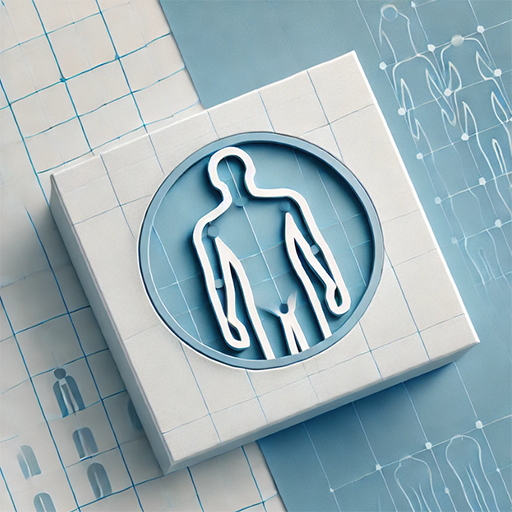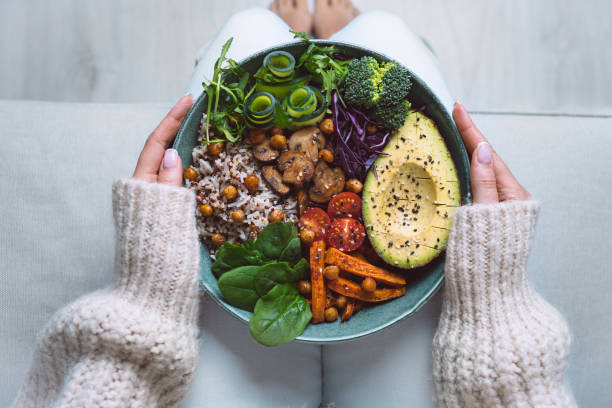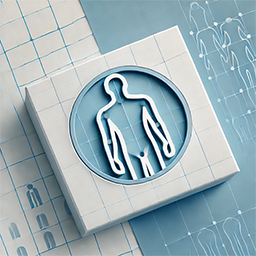Introduction: Burn Fat, Keep Muscle
Losing weight is tough. But losing fat while keeping your muscle? That’s the real challenge most people face.
Many quick-fix diets promise rapid results on the scale, but what they don’t tell you is that a big part of that weight loss comes from muscle and water—not just fat. This is why so many people end up feeling weak, tired, and frustrated after following extreme diet plans. Muscle is what gives your body strength, shape, and energy, so losing it makes it even harder to keep the fat off long term.
The good news is you don’t need to sacrifice strength for a leaner body. With the right balance of protein, carbs, and healthy fats—plus smart training—you can drop fat quickly and hold on to every ounce of muscle you’ve worked hard to build. Instead of starving yourself or cutting out entire food groups, you’ll focus on a plan that fuels your body, supports your workouts, and keeps your metabolism running high.
This guide will show you exactly how. You’ll discover which foods help burn fat without muscle loss, how much protein your body really needs, and why carbs and fats still play a vital role in a fat-loss diet. You’ll also learn how exercise and lifestyle choices—like sleep, hydration, and stress management—work together to speed up results.
Why Most Diets Fail at Muscle Preservation
Most people turn to crash diets or extreme calorie cuts when they want to lose weight. These diets often promise fast results, but they come at a cost. While the number on the scale may drop quickly, much of that “weight loss” comes from water and lean muscle—not just fat. Losing muscle makes it harder to stay strong, burn calories, and keep the weight off long term.
Here’s why most diets fail:
- Too little protein: Muscles need protein every day to repair and grow. Without enough, your body will break down muscle tissue for energy, leaving you weaker and slowing your metabolism.
- Not enough calories: Cutting calories too low may seem like a shortcut, but it backfires. Your body holds on to fat as protection and begins using muscle as fuel.
- No strength training: Cardio is good for burning calories, but it doesn’t protect your muscles. Only resistance training signals your body to keep and build lean muscle.
- Poor nutrient balance: Carbs and fats are not the enemy. Cutting them too much disrupts your hormones, drains your energy, and makes workouts harder to recover from.
The solution? A smart diet plan that creates a steady calorie deficit while protecting muscle. This means eating plenty of protein, balancing carbs and healthy fats, and pairing your diet with strength training. When done right, you’ll lose fat, keep muscle, and feel stronger as you get leaner.
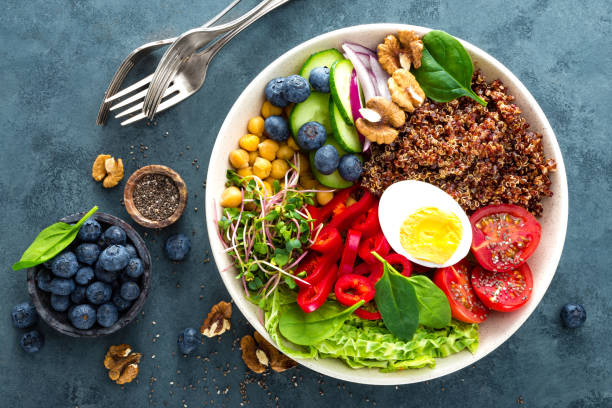
The Best Diet for Fast Fat Loss Without Losing Muscle
The key is creating a calorie deficit while keeping protein high and strength training consistent. Let’s break it down step by step.
Step 1: Set the Right Calorie Deficit
To lose fat, you need to eat fewer calories than you burn. But the size of that deficit matters.
- Too big a deficit: You’ll lose muscle and feel tired.
- Too small a deficit: Fat loss will be slow.
The sweet spot is about 20–25% fewer calories than your maintenance level. For most people, that means cutting 500–750 calories per day for steady fat loss.
Step 2: Prioritize Protein
Protein is your best friend for fat loss without muscle loss. It keeps you full, boosts metabolism, and preserves lean muscle.
- Aim for 1.0–1.2 grams of protein per pound of body weight.
- Spread protein across 3–5 meals per day for steady support.
- Choose high-quality sources:
- Lean meats (chicken, turkey, lean beef)
- Fish and seafood
- Eggs and egg whites
- Dairy (Greek yogurt, cottage cheese)
- Plant proteins (tofu, lentils, beans)
👉 Research shows higher protein diet help maintain muscle during weight loss (PubMed).
Step 3: Balance Carbs and Fats
Carbs and fats fuel your workouts and keep hormones balanced. Don’t cut them too low.
- Carbs: 40–50% of your calories. Choose whole sources like oats, brown rice, sweet potatoes, fruits, and veggies.
- Fats: 20–30% of your calories. Focus on healthy fats from olive oil, avocados, nuts, and fatty fish.
👉 Carbs are especially important if you lift weights. They give your muscles the fuel they need to perform.
Step 4: Use Meal Timing to Your Advantage
When you eat can impact fat loss and muscle preservation.
- Pre-workout: Have a meal with carbs and protein (like chicken and rice or Greek yogurt with fruit).
- Post-workout: Refill your muscles with protein and carbs (like a protein shake and banana).
- Evening meals: Focus on protein and veggies to stay full and keep calories in check.
This doesn’t mean you need to eat every 2 hours. What matters most is hitting your daily protein and calorie targets.
Step 5: Don’t Skip Strength Training
Your diet sets the stage, but training tells your body to hold on to muscle.
- Lift weights 3–5 times per week.
- Focus on big, compound moves like squats, deadlifts, presses, and rows.
- Add some cardio, but don’t overdo it. Aim for 2–3 short sessions of HIIT or moderate cardio weekly.
👉 Studies show resistance training is key for keeping muscle during weight loss (NIH).
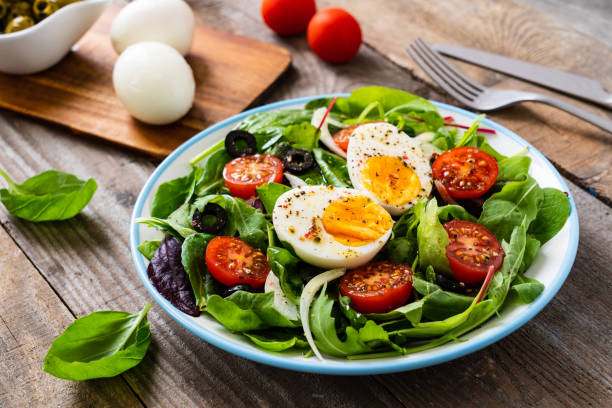
Sample 1-Day Fat Loss Meal Plan
Here’s how you can put it all together:
Breakfast:
- 3 egg whites + 1 whole egg scramble
- 1 slice whole-grain toast
- 1 small avocado
Snack:
- Greek yogurt with blueberries
- 1 tbsp chia seeds
Lunch:
- Grilled chicken breast
- Quinoa
- Steamed broccoli
Snack:
- Protein shake
- Banana
Dinner:
- Salmon
- Sweet potato
- Asparagus
This plan gives you protein in every meal, balanced carbs and fats, and enough calories for a healthy deficit.
Smart Tips for Faster Fat Loss Without Muscle Loss
- Stay hydrated. Water is more than just refreshing—it’s essential for fat loss and muscle health. Proper hydration helps your muscles recover after workouts, supports digestion, and improves fat metabolism. Even mild dehydration can slow down your energy and performance, making it harder to burn calories effectively. Aim for at least 8–10 glasses of water per day, and even more if you train hard or live in a hot climate.
- Get enough sleep. Sleep is one of the most underrated tools for fat loss. When you don’t get enough rest, your body produces more stress hormones like cortisol, which can lead to stubborn fat storage, especially around the belly. Poor sleep also lowers your energy and increases cravings for junk food. Aim for 7–9 hours of quality sleep each night to support fat burning, muscle recovery, and better focus during workouts.
- Track progress. The scale doesn’t always tell the full story. As you lose fat and build or maintain muscle, your weight may stay the same even though your body is changing. That’s why tracking progress in multiple ways is key. Take weekly progress photos, use a mirror check, and measure your waist, hips, and arms. These tools show real changes that the scale can’t.
- Be patient. Sustainable fat loss takes time. The safest and most effective rate is about 1–2 pounds per week. Losing more than that may feel exciting at first, but it usually means muscle loss or water loss, not just fat. By staying consistent and patient, you’ll build habits that keep the fat off long term while protecting your strength and energy.
Common Mistakes to Avoid
- Cutting calories too much – A huge calorie deficit might seem like the fastest way to lose weight, but it often backfires. When you eat far less than your body needs, your metabolism slows down, energy drops, and your body starts burning muscle for fuel. This makes it harder to lose fat and keep it off.
- Neglecting protein – Protein is the building block of muscle. Without enough of it, your body won’t have the nutrients it needs to repair and protect lean muscle. Over time, this leads to muscle loss, lower strength, and even slower fat loss.
- Doing only cardio – Cardio workouts burn calories, but they don’t give your body a reason to hold on to muscle. Too much cardio without resistance training can actually speed up muscle loss. Strength training, on the other hand, signals your body to protect and build lean muscle while still burning fat.
- Ignoring recovery – Training hard is important, but muscles don’t grow in the gym—they grow when you rest. Without proper recovery, your body stays in a stressed state, making it harder to recover, perform well, and burn fat efficiently. Sleep, hydration, and rest days are just as important as workouts.
- Chasing quick fixes – From detox teas to fad diets, many “miracle” solutions promise fast results but don’t deliver long-term success. These methods often drain water weight or cut out entire food groups, leaving you tired and prone to rebound weight gain. Real fat loss comes from consistent habits, not shortcuts.
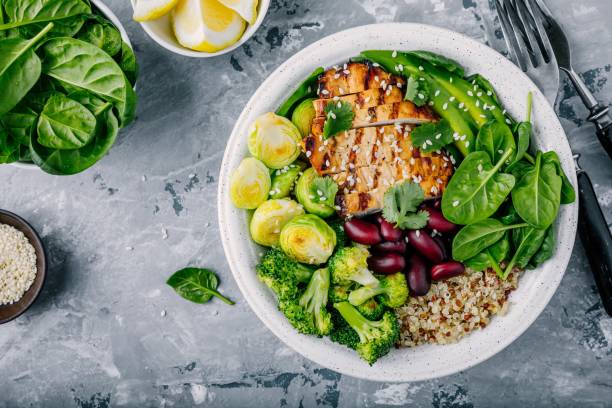
Supplements That Can Help
Supplements aren’t magic, but they can support your plan. A smart diet and training routine should always come first, yet the right supplements can make reaching your goals easier and more effective. Think of them as tools that fill the gaps in your nutrition and give your body an extra boost.
- Whey protein: One of the simplest ways to hit your daily protein target. Whey protein shakes are quick, convenient, and packed with high-quality protein that helps protect and build muscle while losing fat. They’re especially useful after workouts when your body needs fast-digesting nutrients.
- Creatine: Well-researched and proven to work, creatine helps increase strength, power, and endurance during workouts. It also pulls water into your muscle cells, which can improve recovery and help preserve lean muscle during a calorie deficit.
- Fish oil: Rich in omega-3 fatty acids, fish oil supports heart health, reduces inflammation, and may even improve fat metabolism. Adding it to your routine can also help joint health, which is important when training hard.
- Multivitamin: When you cut calories, it’s easy to miss out on key vitamins and minerals. A daily multivitamin helps cover these gaps, supporting energy, immunity, and overall health so you can keep making progress without setbacks.
👉 Learn more from the National Institutes of Health.
Conclusion: The Smart Way to Lose Fat and Keep Muscle
The best diet for fast fat loss without losing muscle isn’t extreme or complicated. You don’t need to starve yourself or cut out entire food groups to see progress. Instead, it’s about balance and building habits you can stick with long term. The core of a successful plan is eating enough protein to protect and repair your muscles, while keeping a smart calorie deficit that helps you burn fat steadily without slowing down your metabolism. Strength training is the other key piece, because lifting weights signals your body to hold on to muscle while shedding fat.
But diet and training aren’t the only factors. Recovery plays a huge role in keeping your body strong. Quality sleep restores energy, balances hormones, and supports fat burning. Staying hydrated keeps your muscles working properly and helps your body process nutrients more effectively. Most importantly, consistency is what brings it all together. Following these steps day after day—not just for a week or two—creates lasting results that you can see and feel.
Now it’s your turn—are you ready to start your fat-loss journey without giving up your strength? Share your goals in the comments below and let’s crush them together!

